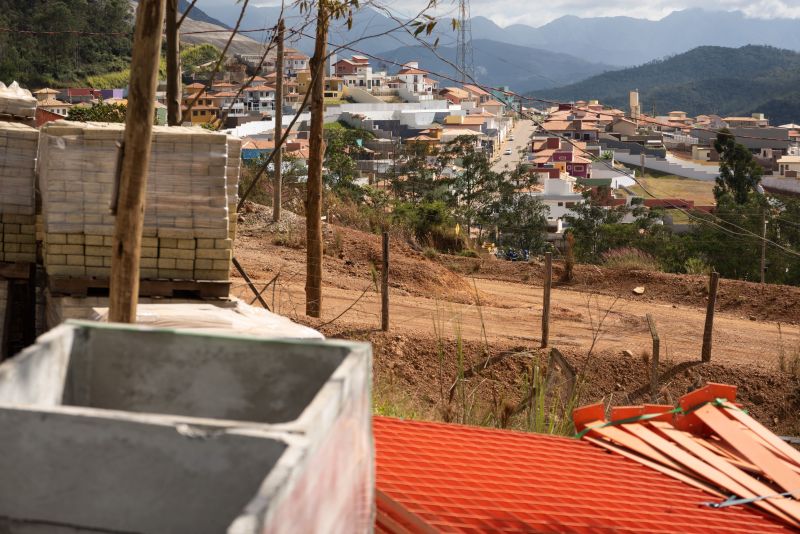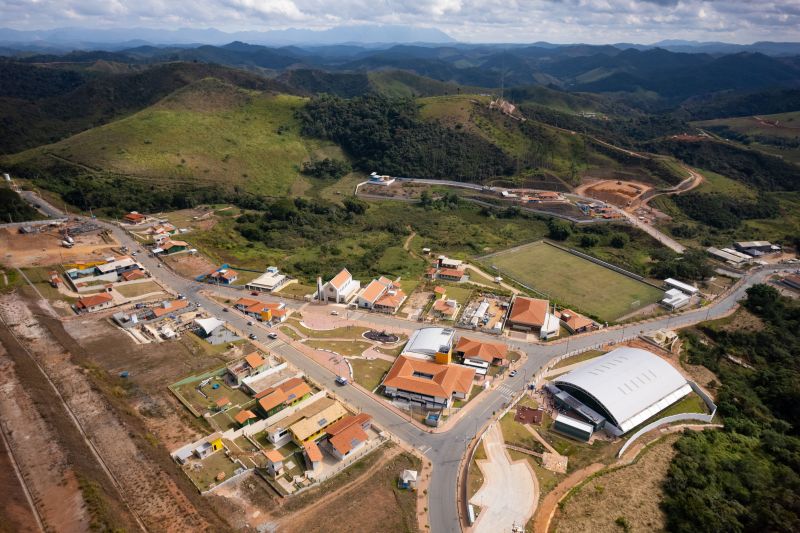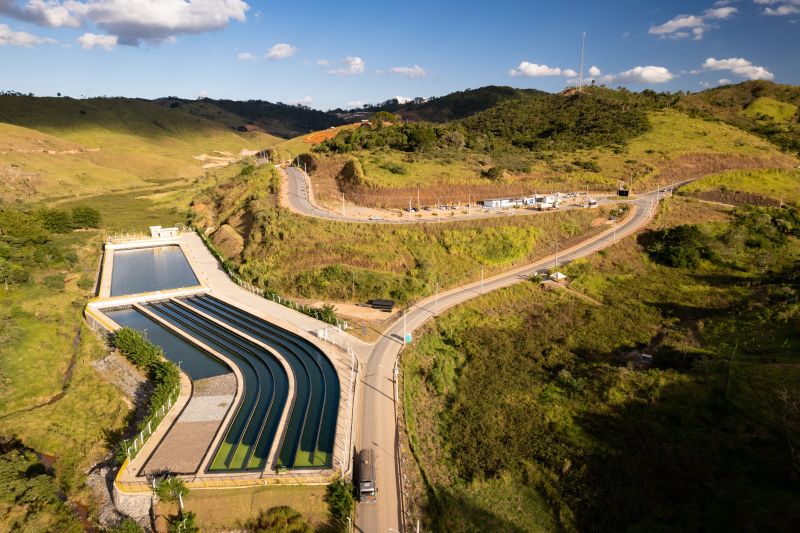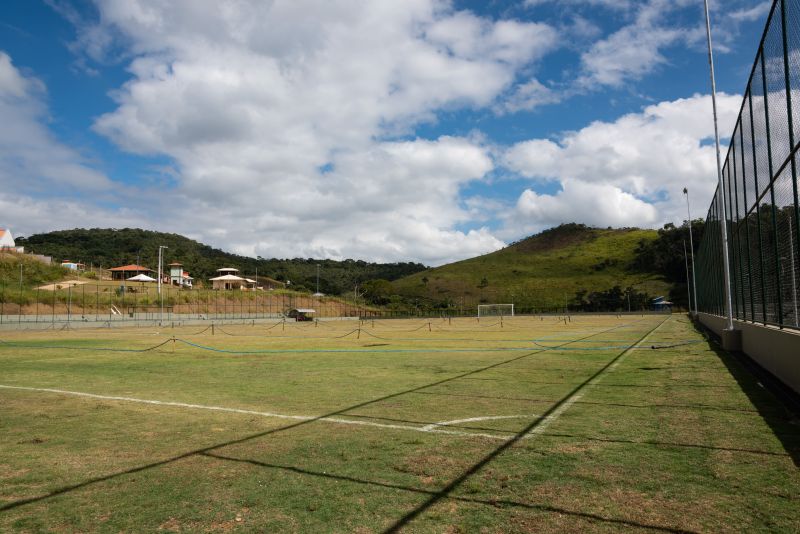The Mariana Dam disaster, which unfolded in Brazil in November 2015, stands as one of the most catastrophic environmental tragedies in recent history, leaving scars that run deep within both the land and its communities. As the muddy waters of the Rio Doce swallowed entire towns and disrupted countless lives, the quest for justice and accountability began in earnest.
In the aftermath of this industrial catastrophe, affected residents, environmental advocates, and legal experts have engaged in a protracted struggle for compensation. This battle is not merely about monetary recompense; it represents a fight for recognition, restoration, and the right to rebuild lives shattered by negligence.
Amidst negotiations and courtrooms, the clash between corporate interests and community rights reveals a complex web of environmental ethics, legal frameworks, and human resilience that continues to evolve. As we delve into the intricacies of this legal saga, we are compelled to examine the implications it holds for future environmental governance and corporate responsibility.
Overview of the Legal Framework Surrounding Industrial Disasters

The legal landscape surrounding industrial disasters is a complex web of statutes, regulations, and case law, which varies significantly from one jurisdiction to another. At its core, this framework often encompasses tort law, environmental regulations, and corporate liability principles, creating multiple pathways for victims seeking compensation.
In the wake of a catastrophe like the Mariana Dam disaster, legal battles can become particularly intricate, as plaintiffs navigate issues such as negligence, strict liability, and the adequacy of prior safety measures taken by corporations. Additionally, international agreements and local laws may intersect, complicating claims further.
Victims must grapple with not just the immediate impact of the disaster, but also the protracted timeline of legal proceedings, the challenge of proving liability, and the potential for multiple defendants. Overall, while the framework aims to provide a path to justice for those affected, it is layered and multifaceted, often sowing confusion and frustration among those left seeking redress for their losses.
Key Stakeholders in the Legal Battle

In the intricate legal battle following the Mariana Dam disaster, a tapestry of key stakeholders emerges, each with distinct motives and stakes at hand. At the forefront are the victims—families torn apart and communities ravaged by the toxic aftermath—who seek justice and fair compensation for their unimaginable losses.
On the opposing side stand the corporate giants, primarily Vale S.A. and BHP Billiton, whose interests are deeply intertwined with financial liability and reputational damage. Government entities, local and federal, navigate a complex relationship as they strive to regulate, oversee, and, at times, expedite the claims process.
NGOs, environmental groups, and human rights advocates add another layer of complexity, pushing for accountability while highlighting the broader implications for corporate governance and environmental responsibility. Together, these stakeholders form a convoluted web of interactions, negotiations, and tensions, each influencing the outcome of this pivotal legal struggle.
The Future of Environmental Liability and Compensation in Brazil

The future of environmental liability and compensation in Brazil stands at a crossroads, shaped by the consequences of disasters like the Mariana Dam collapse, which unveiled the vulnerabilities within the legal framework governing environmental protection. As Brazil grapples with mounting climate challenges, the demand for robust regulations and accountability grows more urgent.
Stakeholders—from devastated communities to environmental organizations—are pushing for a paradigm shift that prioritizes sustainable practices and comprehensive compensation mechanisms. Crafting legislation that holds corporations accountable while safeguarding vulnerable ecosystems will require a delicate balance between economic growth and environmental stewardship.
Yet, the path is fraught with complexity; legal precedents are still being set, and the interplay between federal and state laws complicates the landscape. As the nation moves forward, the evolving discourse around environmental justice may pave the way for innovative solutions, potentially redefining the trajectory of accountability in the face of ecological disaster.
Conclusion
In conclusion, the legal battle for compensation following the Mariana Dam disaster highlights the complexities involved in seeking justice for environmental and human rights violations. The prolonged struggle faced by the affected communities emphasizes the need for robust regulatory frameworks and corporate accountability.
Despite the efforts by Samarco reparação to address the grievances of the victims, the path to adequate compensation remains fraught with legal hurdles and negotiations. This disaster serves as a poignant reminder of the importance of proactive measures to prevent such tragedies in the future, ensuring that the rights and wellbeing of affected individuals are prioritized in the aftermath of industrial accidents.
Only through sustained advocacy and commitment can true healing begin for those whose lives have been irrevocably altered.


